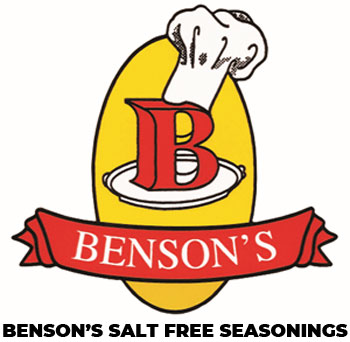The National Institutes of Health, America’s foremost authority on healthy living, including healthy eating, has very specific advice about how much sodium we should be consuming – and it’s not very much. All healthy people under 51 years old, they advise, should limit their daily sodium intake to 2,300 mg. Those with high blood pressure, at risk for high blood pressure, or over 51 should take in 1,500 mg or less, while those with certain health issues, including congestive heart failure, cirrhosis and kidney disease should limit their intake to even lower levels.
One third of Americans, 100 million people, have high blood pressure. Though sodium is a vital nutrient, the amount needed to maintain human health is only 69 mg per day. If we only need a trace amount. It seems like limiting your daily sodium intake to more than 30 times what we actually need, should be easy. It’s not, as anyone who’s tried it knows only too well.
First, here’s a quick reality check. A teaspoon of table salt contains about 2,325 mg of sodium, or, in other words, an entire’s day worth for a healthy under-51 adult. The fact is, we’ve learned to want more than that, in most cases much more. The average daily amount consumed is estimated at anywhere from 3,400 mg to 8,000 mg. Our craving for salt is mostly learned, as opposed to our taste for sugar which is said to be more biologically determined. It takes about six weeks to wean the body off its desire for excessive salt. Six weeks during which life can seem intolerably bland.
And, if salt were the only issue, things would be challenging enough. But an average diet which includes processed food, has many non-salt sources of sodium, including monosodium glutamate (MSG), sodium nitrite, baking soda (sodium bicarbonate), sodium benzoate and others. Once you make a habit of checking nutritional labels, you’ll be surprised how many foods you don’t think of as salty, even some foods that are labeled low-fat or healthy can be high in sodium.
Luckily, as more and more people begin to recognize that there are serious health consequences from overdoing salt, there is an ever-increasing amount of help available to those trying to watch and reduce their daily sodium intake. Every day there are more low sodium recipes, books about healthy living with less salt, restaurants including the sodium information in their menus and food manufacturers responding with reduced sodium products. Retraining your taste buds won’t be easy, but there’s a lot of advice and support out there.
Be aware, that one of the most popular salt substitutes, potassium chloride has significant difficulties: it interferes with many common medications, including some for heart, kidney and liver problems and can put the well-being of some suffering from kidney issues, at further risk. Also, many people intensely dislike its bitter metallic aftertaste.
Many diet experts know that food which no longer tastes as good as it used to, is one of the primary obstacles in making a diet change. They recommend seasoning food differently. Do not add salt while cooking or at the table. Use seasonings which have little or no salt. Some suggest being a little bold and adventurous, by experimenting with new ways of cooking and flavors. Start with a salt substitute which includes no potassium chloride and continue with adding more garlic and pepper. Try new seasonings such as, hot and spicy, lemon and herb, Italian blends, chili powders and other herbs and spices.
With a little boldness, flexibility, and the right seasonings to help you, especially during the most challenging first six weeks, you’ll soon be well on your way to enjoying a low sodium diet and more healthy living.
